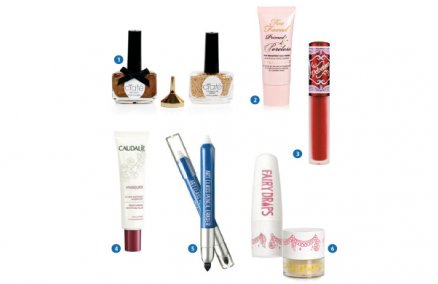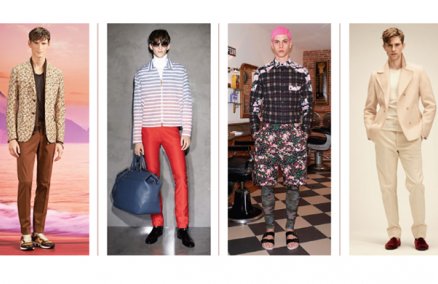112 KATONG
Opened: December | Size: 282,000 sq. ft. | Number of stores: 150
112 Katong bids goodbye to the cobwebs of the old Katong Mall; trading it in for six levels of retail and lifestyle shops, including a lush landscaped garden on the roof. The heritage of the area is preserved in the architectural details of the mall: subtle Peranakan-inspired designs inscribed on its features and glass exterior.
What’s hot: First timers in the East include Max Brenner Chocolate Bar (#01-05) and Da Paolo Gastronomia (#B1-21), giving East-siders a new place to go gourmet; not forgetting Din Tai Fung’s (#01-04/#02-05) signature steamed dumplings at their first duplex store in Singapore. But that’s not all. Joining them with extended dining hours (till 3am on weekends!) are Baci Italian Café (#01-07), Toast Box (#01-03), Nando’s (#01-04) and T.G.I. Friday’s (#01-13).
What’s not: With the exception of Springfield (#01-30) and Charles & Keith (#01-22/23), fashionistas will be greatly disappointed at the lack of options.
How to get there: Free shuttle services from Paya Lebar MRT.
Rating: 




CHANGI CITY POINT
Opened: April | Size: 207,000 sq. ft. | Number of stores: 122
Located right next to Expo MRT station (yes, it really is that far away), this family-oriented mall features a landscaped rooftop garden, interactive art installations, outdoor amphitheater, playground and a tree-house trail for children. The mall is also home to VSA (Very Special Arts Singapore).
What’s hot: Fans of Esprit (#02-43/44), Lacoste (#02-38/39), Timberland (#02-46/47) and Nike (#02-31/34) rejoice. Their discount stores carrying past season collections are located here, typically offering 30-50 percent off. You can also get quality meats from upmarket butcher Mmmm (Meats, Marinates & Much More; #B1-23) and all-day breakfast at Eggs & Berries (#01-37/38).
What’s not: The only form of entertainment here is Timezone (#02-22/23), which targets kids.
How to get there: MRT to Expo.
Rating: 




JCUBE
Opened: April | Size: 204,000 sq. ft. | Number of stores: 110
Taking over from Jurong Entertainment Centre is JCube. Boasting the only IMAX theater out of the city, an Olympic-size ice skating rink (#03-11) cleverly named The Rink, and a cool exterior of six façade walls resembling an ice cube, this is by far the biggest mall out West.
What’s hot: Keep an eye out for Francfranc (#02-27), Japan’s renowned premium home furnishing brand, set to open its doors this month (the flagship opens at VivoCity in June). Also new to the city is Eat at Taipei (#03-03/18), which specializes in (yep) Taiwanese delights. And late night dining (till midnight) is available at desserts joint Pique Nique (#01-08) and Watami Japanese Casual Restaurant (#01-17).
What’s not: Clearly, fashion isn’t their strong suit; with none of the high street labels or even indie boutiques available here.
How to get there: MRT to Jurong East.
Rating: 




ROCHESTER MALL
Opened: February | Size: 99,997 sq. ft. | Number of stores: 30
This is no hokey suburban mall. A fresh white space in lush green surrounds, everything from the colorful rubbish bins (designed by Italian firm Metalco) and wall hangings by Lasalle students to the integration of a black and white bungalow (housing Starbucks and Italian restaurant, Pasta al Salvatore) has been tastefully done.
What’s hot: Already bustling is Pies & Coffee (#01-02), with some 18 savory and sweet pies—including duck confit, savory ricotta and peach. East Coast dessert institution Obolo Galeria (#01-08) is here, too. To work off the treats, try Celebrity Fitness (#02-01/07). The first Singapore branch of the international gym chain, which looks not unlike a Beverly Hills nightclub, features unusual classes like Floating Yoga, done using a hammock.
What’s not: Hard to grumble really, though all the tenants are pretty upmarket. A little more variety would be nice.
How to get there: MRT to Buona Vista.
Rating: 

























